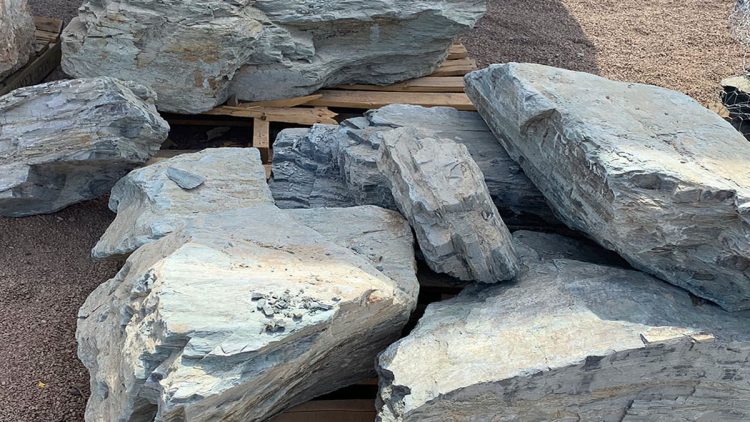What Are Boulders?
Every boulder is a rock, but not all rocks are boulders. You will find the differences below.
Differences Between Rocks & Boulders
The differences between rocks and boulders can be clarified relating to size and separation. A rock is identified by geologists as aggregates of minerals. A boulder is a kind of rock, especially a large detached one. Every boulder is a rock, but not all rocks are boulders.
Definition Of a Rock
Wikipedia defines rock as a “naturally occurring solid aggregate of minerals or mineraloids.” Rocks come in every size, from specks of silt to enormous mountains. They are created over 1,000’s of years by pressures and temperatures inside and underneath the earth’s crust. Rocks are made from the crystals of one or more minerals in differing compositions, as reported by ”Rocks and Minerals.” For instance, feldspar, quartz, and mica crystals combine to create granite.
Definition Of a Boulder
The word boulder comes from boulder stone, from the Middle English bulderston. Elfi Berndl, a teacher and member of the CCFMS, initiated a website in the late nineties to educate children about different kinds of rocks. According to the teacher, there are a lot of common terms for rocks, and these provide an idea of how big the rock is. The word “boulder,” for instance, is one of these general names for rocks. Boulder is used to identify large rocks that are “taller than an adult individual.”
Terms for Rock Sizes
Using Berndl’s language, the largest rock being a mountain, which is described as “a giant rock still connected to the earth.” A boulder would come next in the line in accordance with size. Other detailed rock terms are stone (a rock you can grasp with two hands) and pebble (little enough to grasp with two fingers). Smaller bits of rock can be referred to as sand, grain, speck, and dust.
Types of Rocks
Every rock and boulder falls into one of 3 classifications–igneous, sedimentary, or metamorphic—on the basis of their origin.
Igneous Rocks
Igneous rocks are hardened by molten lava. Like pumice and granite. Sensational representations of igneous rocks are the volcanic rocks of Crate Lake National Park and Hawaii’s volcanoes.
Sedimentary Rocks
Sedimentary rocks are created at or close to the earth’s surface by the collection of particles. They have a layered appearance, and instances are chalk and sandstone. Arizona’s Grand Canyon is a beautiful demonstration of sedimentary rock.
Metamorphic Rocks
Metamorphic rocks come from variations to pre-existing igneous, sedimentary, or metamorphic rocks by high temperatures and pressures. Examples are marble and slate. Metamorphic rocks are usually found in mountain areas, such as the Rocky Mountains.
Rocks & People
People first used boulders and rocks millions of years ago. Rocks were the initial tools and the earliest canvases for works of art. Rock caves were the first dwelling areas of people. Afterwards, people used types of rock to build divine monuments, like Machu Picchu.
Presently people have a considerable of uses for rocks, like in computers (quartz), toothpaste (fluorite), pottery (clay), talcum powder (limestone) and sandpaper (garnet). Rocks are used for building walls and adorning landscapes. Boulders, for instance, are utilized in Japanese gardens for representing mountains. Stones can border flower beds, and gravel can be made into pathways or raked into a pattern to imitate flowing water.
Landscaping Materials Scottsdale, Arizona
A & A Materials, Inc., located in Scottsdale, Arizona, offers, all purpose sand, aggregates, river rock, rip rap rock, mulch and wood chips for your landscaping or gardening needs. Contact us or call us at 480-990-0557 for more information.

